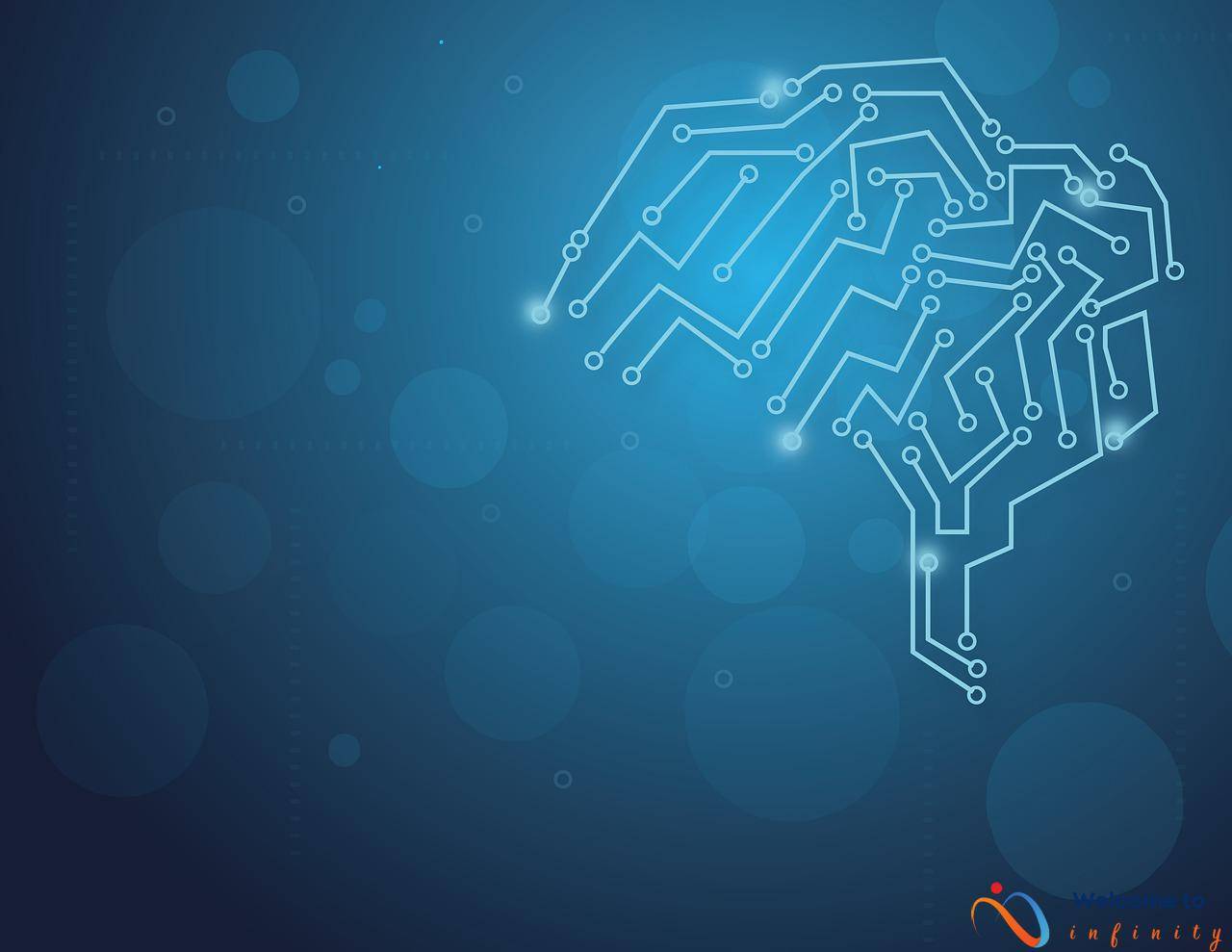Event extraction is the process of identifying and extracting important events from textual information such as news articles, reports, and social media posts. It is a significant task in natural language processing (NLP), as it can help analysts to gather important insights from a large amount of text. However, it is not an easy task, as there are many challenges involved in correctly identifying events from the text. This article provides an overview of event extraction, its challenges, and various techniques used for event extraction.
One of the main challenges of event extraction is the ambiguity of language. Words can have different meanings depending on the context in which they are used. For example, the word “strike” can refer to a sports event or a labor action. There is also the problem of implicit events, which are not explicitly mentioned in the text but can be inferred from it. Extracting such events requires sophisticated NLP techniques.
Another challenge of event extraction is the role of context. Events occur in time and space, and temporal and spatial information can significantly affect the identification and extraction of events from the text. Information about when and where events occur can help to disambiguate the language and infer implicit events accurately.
Various techniques have been used for event extraction, including rule-based and machine learning approaches. Rule-based methods involve defining rules for identifying events in the text. Machine learning techniques, in contrast, involve training models on annotated datasets and then using them to predict events in new text. Both approaches have their advantages and limitations.
Finally, event extraction has many practical applications, including text mining, information retrieval, and natural language generation. Extracted events can be used to build knowledge graphs, identify patterns, and generate summaries automatically. This article will discuss all these topics in detail, providing a comprehensive overview of event extraction from textual information.
What is Event Extraction?
Event extraction is the process of identifying and extracting relevant information about events from textual information such as news articles, social media posts, or scientific papers. The extracted information can be used to gain insights into various aspects of real-world phenomena and is an important task in the field of natural language processing.
The process of event extraction involves identifying the key components of an event such as the type of event, the entities involved in the event, the location, and the time of the event. This information can then be used to build structured representations of events, which can be further analyzed and processed.
One of the main applications of event extraction is in text mining, where it can be used to discover patterns and trends in large collections of textual data. This is particularly useful in fields such as finance and marketing, where the ability to quickly and accurately identify relevant events can provide a significant competitive advantage.
Another application of event extraction is in information retrieval, where it can be used to improve the accuracy of keyword-based search algorithms. By identifying events and their associated attributes, it is possible to return more relevant search results that are tailored to the user's interests.
Overall, event extraction is an important task in natural language processing that has numerous applications in various industries. By automating the process of extracting information about events from textual data, it is possible to gain insights into the world around us more quickly and efficiently than ever before.
The Challenges of Event Extraction
Event extraction from textual information can be a challenging task due to several difficulties, such as ambiguity and context. When a text contains ambiguous words or phrases, it is not always clear which event is being referred to. Moreover, sometimes events are not explicitly mentioned but rather implicit in the text, which makes it even more challenging to identify them.
One type of ambiguity that can arise in event extraction is word sense ambiguity. For example, the word “lead” can refer to a metal or to a position of authority, and it is not always clear which one is intended. Another type of ambiguity is event co-reference, where multiple events are being referred to using different expressions. For instance, a sentence such as “The conference was canceled due to the outbreak” can refer to both the conference and the outbreak as separate events.
Context is another challenge in event extraction. The meaning of events can vary depending on the context in which they occur. In addition, temporal and spatial information plays a significant role in identifying events from text. For example, the sentence “She ate breakfast before going to work” specifies the order of events, which can be crucial in understanding their relationship. Furthermore, the sentence “The meeting is in the conference room” provides spatial information, helping to identify the location of the event.
Despite the aforementioned challenges, several techniques have been developed to address them. The rule-based approach involves the creation of handcrafted rules to identify events. While this approach can be accurate, it is limited by the number of rules that can be created and the complexity of the language involved. The machine learning approach, on the other hand, relies on algorithms to learn from large amounts of data to identify events automatically. It can be supervised, where training examples are labeled with the correct event type, or unsupervised, where the algorithm learns from the data without prior knowledge of the event types.
Ambiguity in Event Extraction
Event extraction is the process of identifying and extracting events from textual information. However, correctly identifying events can be challenging due to various factors, including ambiguity. There are different types of ambiguity that can arise in event extraction, such as word sense ambiguity and implicit events.
Word sense ambiguity occurs when a word has multiple meanings in different contexts. For example, the word “crash” can refer to an accident, a loud noise, or a computer system failure. In event extraction, it is crucial to identify the correct sense of the word to properly extract the event. Otherwise, the extracted event may not be accurate or relevant.
Implicit events, on the other hand, are events that are not explicitly stated in the text but are implied. For example, the sentence “John started jogging every morning” implies that there was a previous period when John did not jog every morning. In this case, the implicit event is that John's behavior changed. Identifying such events requires an understanding of the context and the implicit meaning behind the text.
Handling ambiguity in event extraction often involves using machine learning techniques that can learn from the context of the text to identify the correct sense of the word or implicitly implied events. Additionally, context information, such as temporal and spatial information, can also provide clues to identify the correct event. This is crucial in ensuring that the extracted events are accurate and relevant for the intended applications.
Context in Event Extraction
Context plays a crucial role in event extraction from textual information. The meaning of a word or phrase can change based on the context in which it appears. Temporal and spatial information is also important contextual information that can affect the identification and extraction of events.
Temporal information includes elements such as the time an event occurs, the duration of the event, and the order in which events happen. For example, the sentence “John walked to the store before he went to the park” contains two events: walking to the store and going to the park. The temporal order of the events is significant in understanding the sequence of actions.
Spatial information, on the other hand, includes elements such as the location of events and the physical relationships between them. For example, consider the sentence “Mary put the book on the table and sat down on the couch.” In this sentence, the spatial relationship between the book and the table is important in identifying the event of putting the book on the table, while the event of sitting down is related to the couch.
To extract events accurately, it is essential to consider the context in which they occur. A machine learning approach can be useful in detecting the relevant contextual features, as it allows for the identification of patterns and relationships that may not be immediately apparent. However, it is important to note that context can also result in ambiguity, as multiple events may be described using the same words or phrases.
In summary, understanding the contextual information in textual data is crucial for accurate event extraction. Temporal and spatial information are just two examples of contextual features that can play a significant role in this process. A combination of rule-based and machine learning approaches can be used to extract events from text effectively.
Techniques for Event Extraction
Event extraction can be a challenging task because events can be expressed in many ways in natural language. However, there are several techniques used for event extraction. These techniques can be broadly classified into two categories: rule-based and machine learning approaches.
Rule-based approaches involve creating a set of rules or patterns to identify events in the text. These rules can be created either manually or automatically. In the manual approach, a domain expert creates the rules based on their knowledge of the domain. In the automatic approach, the rules are generated using natural language processing techniques. The advantage of rule-based approaches is that they are usually more precise than machine learning approaches. However, they require a lot of time and effort to create.
The limitations of rule-based approaches include their inability to handle complex sentences and the fact that they require a large amount of domain knowledge. Additionally, rule-based approaches can be less accurate when dealing with unfamiliar domains or language variations.
Machine learning approaches involve creating models that can learn to identify events from textual information. There are two main types of machine learning techniques used for event extraction: supervised and unsupervised learning algorithms.
Supervised learning algorithms require a human to provide labeled training data to train the model. The model then uses this training data to make predictions on new data. Unsupervised learning algorithms, on the other hand, do not require labeled training data. Instead, they identify patterns and similarities in the data to automatically extract events.
The advantage of machine learning approaches is that they can handle complex sentences and can learn from data to improve accuracy. One limitation is that they require a lot of training data to perform well. Additionally, they may not perform well with low-quality or noisy data.
Overall, both rule-based and machine learning approaches are used for event extraction, depending on the specific task and requirements. By understanding the strengths and limitations of each technique, we can use them effectively to extract events from textual information.
Rule-based Approaches to Event Extraction
A rule-based approach to event extraction involves designing a set of rules that can be used to identify and extract events from text. The rules can be created manually or generated automatically using natural language processing techniques. The advantage of this approach is that it allows for greater control over the extraction process, as the rules can be tailored to the specific type of text being analyzed.
One of the main limitations of rule-based approaches is that they can be time-consuming to develop and maintain. Additionally, the rules may not be flexible enough to handle the variety of ways in which events can be expressed in text. For example, a rule that identifies the word ‘fire' as an event trigger may miss instances where different words like ‘blaze' are used.
Another limitation of rule-based approaches is that they may not be effective for identifying events that are expressed implicitly in text. For example, a sentence like ‘John chose to quit his job' does not explicitly mention an event, but the act of quitting is still an event that can be extracted. Rule-based approaches may struggle with identifying such events, as they rely on explicit triggers to identify events in text.
Despite these limitations, rule-based approaches remain a popular method for event extraction. They are especially useful for identifying events in specialized or highly structured texts, such as news articles or scientific papers. In some cases, rule-based approaches are combined with machine learning techniques to create more robust event extraction systems.
Machine Learning Approaches to Event Extraction
Machine learning techniques have been widely used in recent years to identify and extract events from textual information due to their ability to improve accuracy and efficiency. One common approach is supervised learning, which involves training a machine learning model using a labeled dataset with examples of events and non-events. The model then uses this training to identify events in new text by classifying each sentence as containing an event or not. This approach has shown promising results in event extraction tasks, but it requires a large amount of labeled data for training to be effective.
Another machine learning approach is unsupervised learning, which does not require labeled data for training. Instead, it uses clustering and other techniques to identify patterns and relationships in the data to group sentences into events. Unsupervised learning algorithms can be effective when there is limited labeled data available or when the types of events are not well-defined. However, the downside is that it may not be as accurate as supervised learning.
Additionally, hybrid approaches that combine both supervised and unsupervised learning have also been used for event extraction. For example, a supervised learning model may be trained on a small labeled dataset to identify basic event structures (e.g., subject-action-object) and then an unsupervised learning algorithm may be applied to identify more specific event details, such as location and time.
Overall, machine learning approaches have shown great potential in event extraction tasks but choosing the right technique depends on the specific task and available resources. It is important to consider the amount of labeled data available, the complexity of the event structures, and the level of accuracy required to determine which method will be most effective for a particular application.
Applications of Event Extraction
Event extraction has numerous practical applications in various fields, such as text mining, information retrieval, and natural language generation. In text mining, event extraction is used to analyze and categorize large volumes of unstructured text data, such as news articles, social media feeds, and research papers. By identifying and extracting key events from text, text mining tools can help researchers identify trends, patterns, and insights that might be missed with manual analysis.
Information retrieval is another area where event extraction can be a valuable tool. By extracting events from text, search engines can better understand the user's query and return more relevant results. For example, if a user searches for “weather events in New York City,” an event extraction algorithm can identify and extract the relevant events, such as hurricanes, snowstorms, and heatwaves. This helps search engines to understand the user's query more accurately and deliver more targeted results.
Finally, event extraction can also be used in natural language generation, where it is used to generate summaries, reports, and other types of text content. For example, a news aggregator website might use an event extraction algorithm to identify and summarize key events from various news articles, allowing it to generate a concise summary for its readers.
In conclusion, event extraction has a wide range of practical applications in various fields, including text mining, information retrieval, and natural language generation. By identifying and extracting key events from textual information, event extraction algorithms can help researchers and practitioners to make sense of large volumes of unstructured data and generate valuable insights.












